AUSTIN, Texas. — I power up the 2025 Ram 1500 and scoot away through the outskirts of Austin. When I pull up to the first stoplight, it all sinks in. There’s no Hemi tick. The cabin is vibration-free. Did the auto start/stop turn the engine off? Nope. Then when I pull away from the light, there’s no V8 roar to accompany said acceleration. It’s damn-near silent, seemingly insulated to the point that blindfolded I could be convinced this is a Mercedes-Benz E-Class instead of a full-size, red-blooded American pickup truck.
That’s the effect of the new Hurricane 3.0-liter twin-turbo inline-six under the hood of Ram’s thoroughly refreshed 1500. Unlike other pickups like the Tundra or F-150 EcoBoost models with downsized turbocharged engines, the new Ram 1500 has no augmented engine noise filling the cabin, a path that engineers tell me they waffled on constantly throughout the truck’s development – it was ultimately decided that Ram buyers would prefer an authentic sound (from the true dual exhaust) than one they know is fake. It’s almost eerie going from the pre-refresh Ram and its 5.7-liter V8 to this. Brash and raw V8 noises are out. The sound of European performance is in. This new Ram sounds more like a new Range Rover at full song than it does any full-size pickup on sale today.
The specs, as you’d expect, blow the old V8 out of the water. Two versions of the Hurricane inline-six are available: the standard output that produces 420 horsepower and 469 pound-feet of torque, and the High Output (H/O) that makes a whopping 540 horsepower and 521 pound-feet of twist. To put that into perspective, the H/O makes 37 more horsepower than the potent 3.0-liter inline-six of a BMW M3 Competition. It’s just plain silly. And don’t scoff at the standard output version either. That 469 pound-feet of torque handily beats the old Hemi’s 410, and it comes on early and strong in the rev range.

How the two versions of the Hurricane deliver their power is the easiest way to tell them apart. The standard output rolls into the boost early and strong, but doesn’t maintain shove in the upper rpms. Meanwhile, the H/O takes the smallest beat longer to get into boost, but boy does it boogie once those two turbos spool up (they max out at 28 psi of boost). Like a performance car’s inline-six, the H/O likes to rev, but doesn’t force you to do so thanks to its long, meaty torque curve. No matter, it’s still a strange delight to wind this engine out – there are no official figures, but engineers tell us the H/O is about 0.8 second quicker to 60 mph than the standard Hurricane. Fans of smooth and even-keeled inline-sixes will love it, and while Ram tells us these engines were built for trucks from the outset, it sure feels like they could be made to feel at home in something a little sportier. Those who adore their roarty Hemi V8s might not care for how quiet and balanced everything feels, but there’s no arguing that the Ram 1500 is now home to the most refined and luxurious engine in the full-size truck segment.
Outside the splendid new Hurricane, you can still opt for the standard 3.6-liter Pentastar V6 on lower trims that maximizes fuel economy (estimated at 24 mpg highway in its most fuel-efficient form). The also-fuel-efficient EcoDiesel is EcoDead for 2025, so those who need the diesel should find a pre-refresh truck, or maybe just wait for the funky RamCharger if you want something … different. And on the topic of fuel economy, numbers for the Hurricane are “coming in the next few weeks,” but Ram promises that it will be more fuel efficient and produce fewer emissions than the V8 trucks. Even if the gains in terms of an official mpg figure are small, they could still lead to substantial savings at the pump. Some math will be in order for your specific use case, though, as Ram tells us both the standard and H/O will sip premium fuel. When asked if regular is acceptable, Ram says technically yes, but you’ll see a dip in power output.
In capability terms, the Hurricane-equipped Ram 1500 takes a small step down in maximum towing capacity. The V8 maxed out at 12,750 pounds versus the Hurricane’s 11,580-pound max. Your payload maximum is maintained at 2,300 pounds. I was able to yank a 7,300-pound Airstream trailer around with the standard output Hurricane engine fairly effortlessly. You undoubtedly feel the weight, but the quiet and torque-rich engine makes getting up to speed both feel and sound like an unstressful event. Chucking things into the Ram’s bed is made a little easier this year, too, because the tailgate has both an available auto-down and auto-up function that can be accessed via the key fob. The Multi-Function tailgate with its uneven-length barn doors continues to be an option for those who might make use of it. And once you’re back there, Ram took a page out of Ford’s book with a new on-board power inverter. Two outlets in the bed can provide up to 1.8 kilowatts of power, which is nowhere near the F-150 PowerBoost’s 7.2 kW, but Ram’s setup is going to be plenty powerful for a huge number of use cases, and we’re glad to see it made available.
An influx of new tech features greets you when hopping up into the 2025 Ram 1500’s interior. Its center stack may look familiar at first glance, but now there’s a third infotainment screen option that stretches the screen to a 14.5-inch unit (below, left) instead of the 12-inch max Ram offered previously. The experience is largely the same as the 12 – it runs the snappy and agreeable UConnect 5 software – but now the physical controls for the air suspension, trailer brake controller and parking sensors are all integrated into the bottom of the screen. Frankly, it feels like a bit of a downgrade, especially because Ram’s chunky toggle for the air suspension was so satisfying to use, and there are no great benefits to the extra screen space. Both the 12-inch screen and the smaller 8.4-inch infotainment system (pictured below right in a Tradesman) are still available, and arrive in the lineup at various trim levels, so your dash experience will vary wildly based on the version you buy.
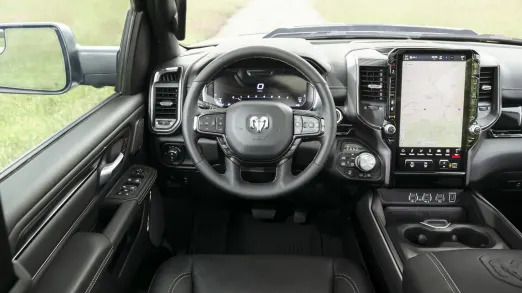
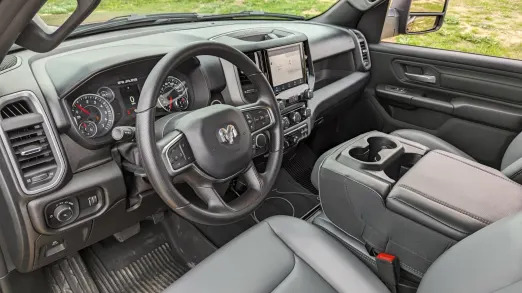

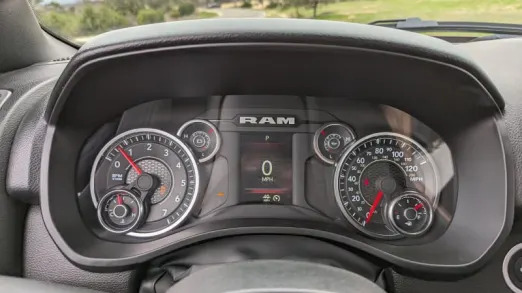
In addition to the extra infotainment screen option, Ram is also offering a 12.3-inch digital instrument panel, 10.25-inch passenger screen and a digital rearview mirror. An analog gauge cluster with a small central screen is still present on lower trims, but more expensive models get the big screen with tons of menus to scroll through and multiple layouts available. The passenger screen is the same as the one found in the Jeep Grand Cherokee and Wagoneer, which means the driver can’t see it/be distracted by it, and the passenger can perform various functions like change the music, watch a movie and more. The last “screen” of note is a new full-color head-up display with its own display customization options. Ram notes that while the platform and structure of the 1500 is largely the same, all of these new digital features arrive thanks to a brand-new electrical architecture for the truck it calls “Atlantis.” We’re to thank this new underlying system for lots of bits and bobbles like digital key tech (phone as key), over-the-air software update capabilities and better vehicle security measures.
The most impressive tech add-on for 2025 is Ram playing catch-up with the competition and adding a hands-free driver-assist system. It has no fancy name like Super Cruise or Blue Cruise, as Ram simply refers to it as “Hands-free Driving Assist.” I asked Ram why, and the answer was that it simply doesn’t feel the need to brand it. The system will function on roads it’s GPS-enabled for, which Ram says currently consists of roads belonging to the U.S. interstate system. When queried, engineers couldn’t put a number on how many miles it’s activated to work on now, but did say to expect the number of roads it works with to expand over time. The tech is available as an option on Laramie trims and above, but you’ll need to pay a subscription fee after three years of use since Ram ties it to its Connected Vehicle services.
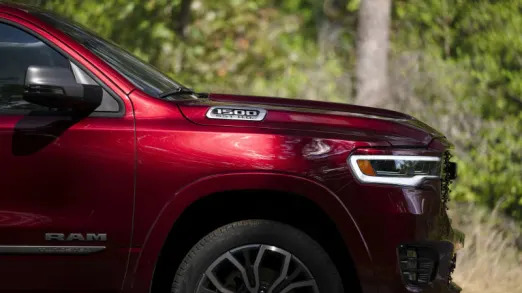
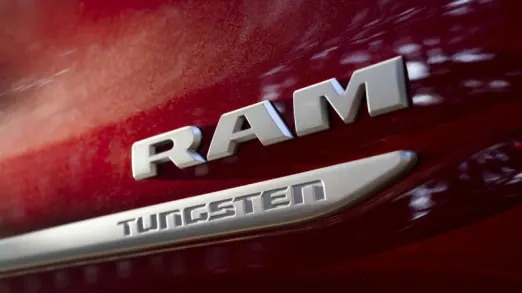
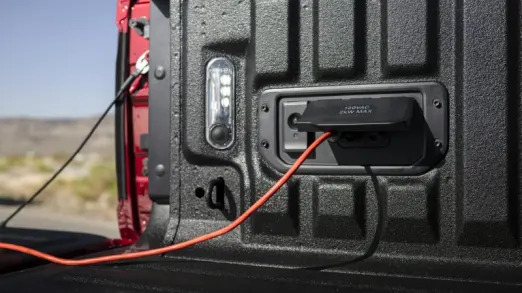

In limited driving – about 20 miles on local Austin highways – it worked exceedingly well. Not only does it trace smooth and consistent lines, but it was able to do so in cases of poor lane markings and heavy traffic. The software is designed to position the truck in its lane naturally, which means it moves over a smidge when passing. It even performs lane changes for you when you tap the turn indicator. Ram and Stellantis in general were behind the curve for years with this sort of tech, but it’s seemingly caught up to others like BlueCruise overnight. And just like those other OEMs, Ram uses a monitoring system that watches the driver’s eyes. Despite repeated attempts to fool it, the truck caught me and demanded my attention back on the road every time I looked away for more than a few seconds. Good!
Should your coffers be on the richer side of things, all of the above tech can be yours, and Ram sweetens the pot even further for 2025 with the my-god-I-can’t-believe-it’s-this-nice Tungsten trim. Before you get excited about buying one, note the Tungsten starts at $89,150. That said, somehow the experience feels worth it. You can thank the luxurious inline-six, hands-free driving, beautiful screens and spectacular ride that remains the most refined in the segment. Anybody can throw soft leather and fancy metal trim around, but the new Ram 1500 practically begs for the sort of treatment that comes in the Tungsten.
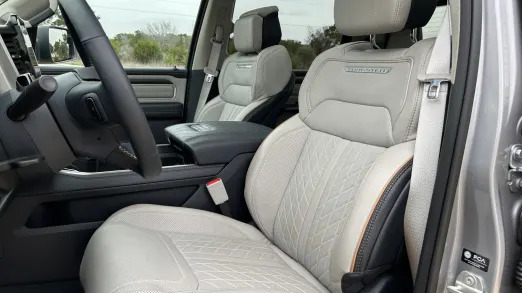

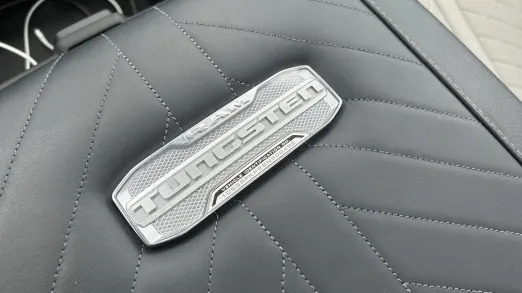
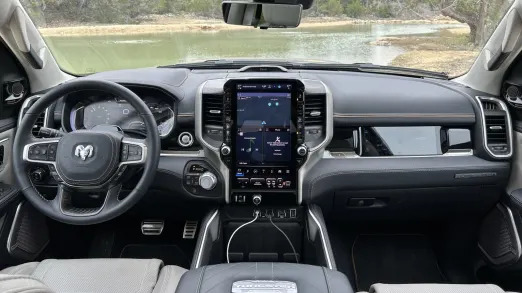
Unique 24-way seats with controls on the doors, especially soft Natura Plus leather (my hands noticed the difference immediately), a 23-speaker Klipsch audio system (that is somehow notably better than the already-great Harman-Kardon in lesser trims), a suede headliner, diamond knurling on metal trim and so much more make this top-rung trim a special experience. And that’s before mentioning the gorgeous Indigo/Sea Salt (blue and cream) interior leather colorway. You could genuinely drive around in this truck and not want for a luxury car or SUV, because it’s significantly nicer than LOTS of them. It’s a mic-drop moment for Ram, because even though GM and Ford have tried to steal the fancy-truck crown in recent years, the Tungsten effort puts Ram definitively on top.
This refresh’s design changes are most noticeable on the Tungsten model, too, as it’s equipped with a unique plastic bumper instead of steel. That gives it more of a car-like appearance, and Ram says it’s even more aerodynamic than other trims, though it doesn’t put a number on the difference. Fresh headlights and taillights on all trims give the truck a more modern look, though you’ll really need to look closely to notice Ram’s exterior enhancements. That’s generally fine, because the Ram looked great already, and the brand doesn’t consider this to be a new generation, instead terming it a refresh of the fifth-gen truck.
Ram’s predictably increased the price of the 1500 with this update – you can find a more thorough breakdown of the trims here – but know the entry-level Tradesman now starts at $42,270, including the hefty $1,995 destination charge. The popular Laramie is an eye-watering $62,025 and is the first trim where the Hurricane engine comes standard, but do note you can option it on lower trims. More from the 2025 Ram 1500 is coming just around the corner with the RHO off-road runner that is shaping up to be a quasi-TRX replacement. But for today, Ram buyers will be able to enjoy the smoothest, most refined gas-powered full-size pickup out there. We salute ‘ye, Hemi, but your replacement makes for one sophisticated truck.
Related video:
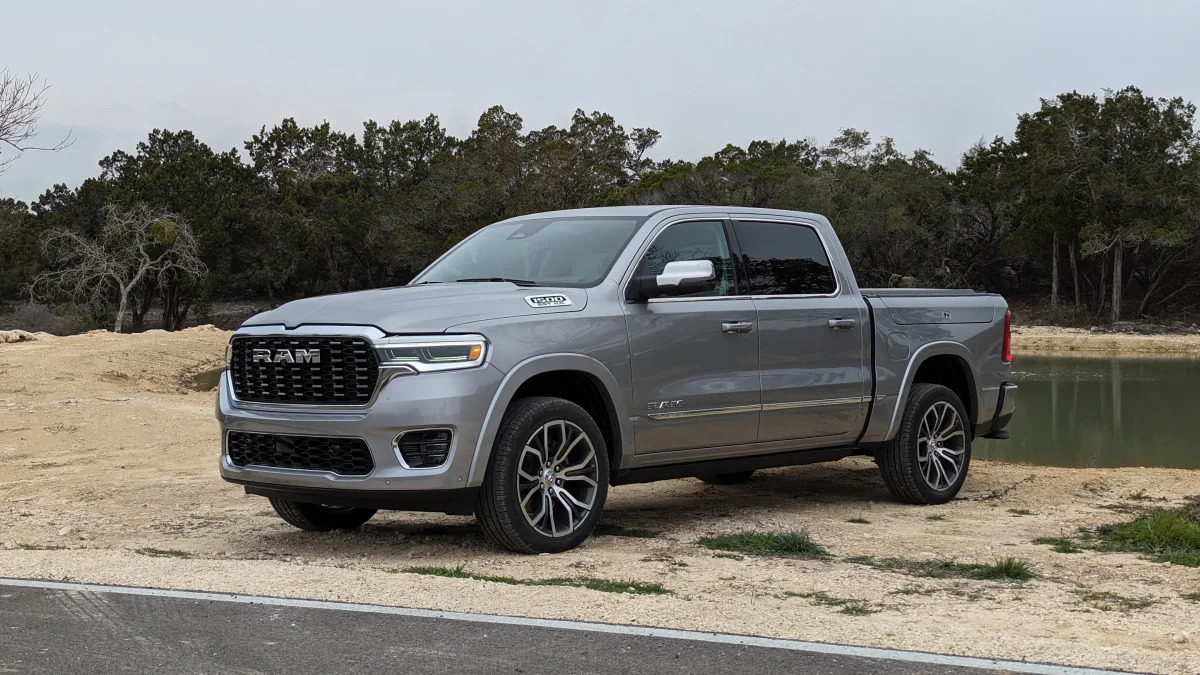










Sign in to post
Please sign in to leave a comment.
Continue